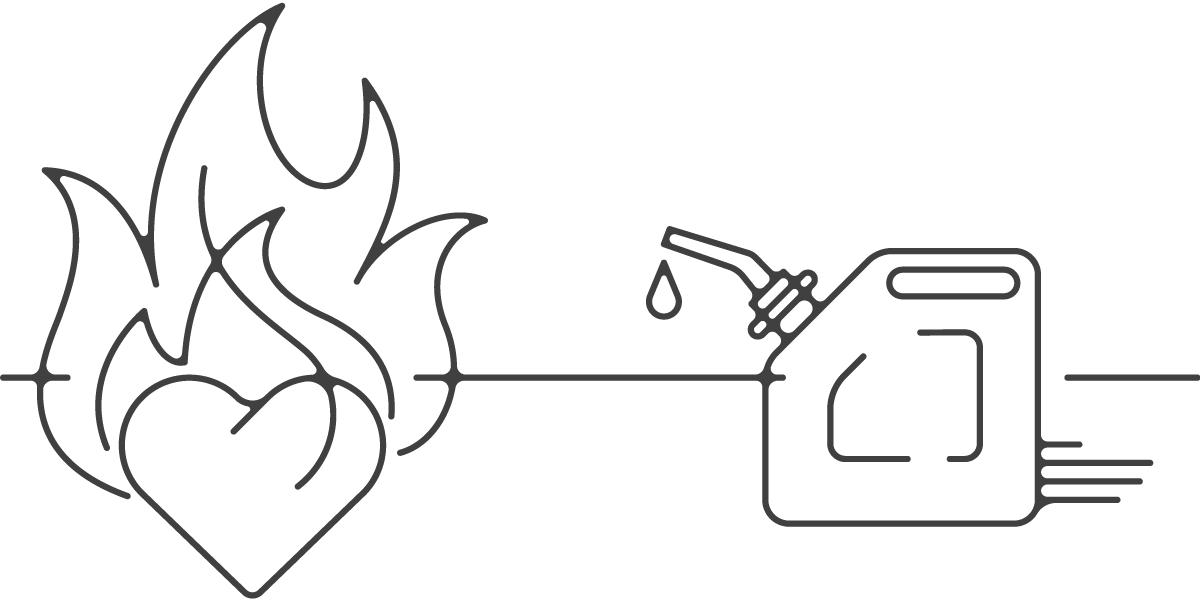The term “supply and demand” is commonly thrown around in conversations. Applied to everything from small business matters to current inflation or the national housing market. We understand supply, but how does demand work? The key is desire.
Supply is quantitative. It can be counted. Demand is qualitative. It is of quality and cannot be measured. The issue here is that supply is very straightforward while demand is completely out of the control of, say, a business owner. If a business has supply, but no demand, what are they to do? Increase desirability.
The Supply of Desire
Desire is a delicate element and nuanced art that blurs the lines of need and want. The importance of desire stems from its role as the precursor to demand. In the sense of supply and demand, demand is a lagging indicator. How do you know if you have demand? Well, only by looking at actions that have already taken place like a purchase transaction.
For example, the housing market uses “homes sold” as its metric for demand. Unfortunately, for homes, the average escrow is 30-60 days so the “homes sold metric” is quite delayed in keeping a pulse of “demand”. The real estate market then relies on “pending sales” as the leading indicator since the sale is massively lagging. Luckily, about 96% of escrows do complete, making the leading indicator reliable.
A leading indicator is ideal to determine your next steps as a business. Since demand is your lagging indicator dependent on a purchase, your business needs a leading indicator. This could be inquiries, introduction calls, pdf downloads, etc. These actions are rooted in desire; it drove the consumer to take an action. Desire is determined by the audience’s wanting. This desire is a cocktail of need and want. This desire is the momentum you need to drive them toward demand.
The core of desire is emotionally wanting. A mix of essential needs with the magic of wants; desire can be very irrational at times. It’s like when you just want that car or shoe or new iPhone. There doesn’t need to be much rationality, just desire. Since the core of desire is emotional, this tells us that it is a very subjective territory. The desire hasn’t yet been vetted by the executive brain that functions as the “checks and balances” to keep us from going after every single “shiny” object.
The land of subjectivity is where your business can benefit from the power of brand. Brand increases desirability because it gives your business the opportunity to emotionally connect with your audience. Just as I mentioned that car or that shoe above, you most likely had a certain brand come to mind. For me, it was Aston Martin and Air Jordan. My desire for those brands isn’t founded in logic but rather my appreciation for those brands, their designs, and appreciation of similar things that I personally feel reflect myself. You see, that’s just the power of it. The business or product alone could never do that. However, the brand makes it not about the business or product, but it made it about me. The truth of the desire is the classic buying question of “what’s in it for me?” — a timeless question your buyer is always asking themselves. So make it about them – through brand. This desire is what drives the action.

Desiring to Demanding
Let’s say your brand and quality offering is drawing massive desire. Everyone wants it. Great work!
This desire your audience is glowing with is soon put into check by the rational guidelines needed for it to graduate to demand and create a transaction for your business. As you may guess, the threshold for desire to create demand is their ability and willingness to pay.
Their ability to afford your brand is cold water on their burning fire of desire. If the reality of the cost is beyond their threshold, that fire will be reduced to a smolder. The good news is that this doesn’t mean they now hate your brand. It just means they might have to admire from a distance. They can want your brand, but just may never demand it because they know they can’t.
If their raging fire of desire passes the “affordability test”, then it is completely up to their willingness to pay (demand) your brand. Sometimes the desire may not be enough to push them to make the purchase, however, if it is, then the willingness creates a roaring fire and the demand is granted.
In some luxury markets, the affordability test can actually work more like gasoline on the fire of desire because the perceived value of the brand is further increased by their ability to pay for the brand. A great example of this is fine art auctions or even transactions that need a “proof of funds” — just verifying the buyer’s ability to purchase makes them more willing. This is replicated with loans and credit cards who “pre-approve” consumers and grant them funds, which encourages their spending. A similar example of this is the college system, the student being “accepted” into a college excites them and adds more perceived value for them to then pay high prices for their education. Once the buyer passes the ability and “willingness to pay test”, the desire completes the transaction and you now have a happy customer.
Desire is a very nuanced aspect of the purchasing process. It is subjective and emotional, yet plays a driving force throughout the entire journey of your customer. Desire is crucial for your business because, at the end of the day, it is what will keep you in business. Your brand is your main instrument for increasing desire and drawing in the correct audience who will demand your business.

